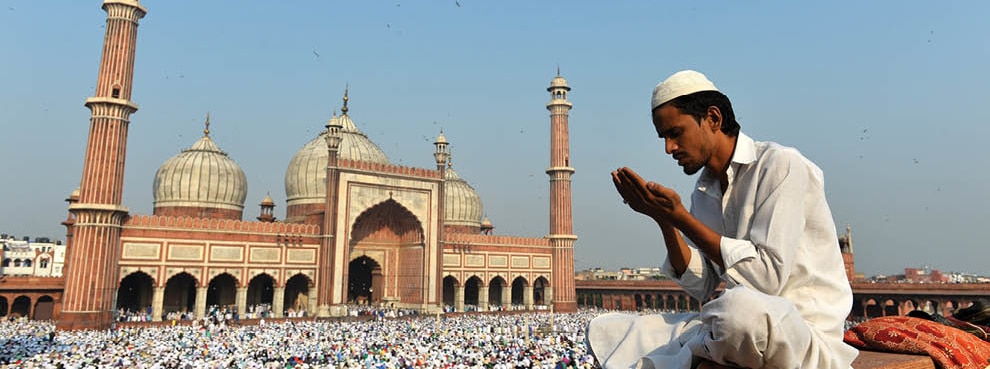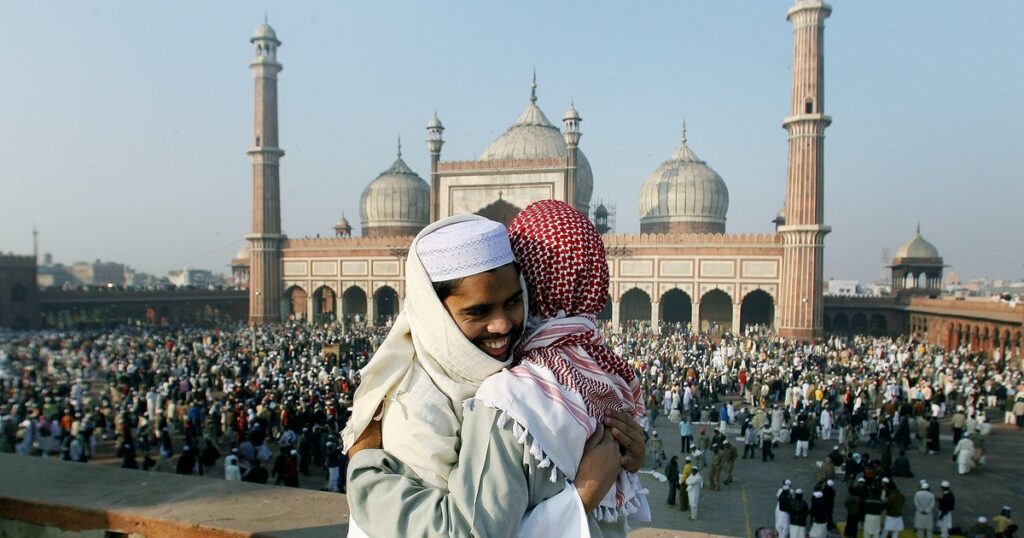How did Islam spread? Most historians believe that forced conversions are not to blame for Islam’s spread over the world today. This article describes some of the most important factors that have helped Islamize different regions around the world in history. The spread of Islam was achieved through the through trade, intermarriage, migration, religious influencers, and the universality of Islam
How did Islam spread over the world?
Islam has evolved to be one of the world’s largest religions, with over 1.5 billion adherents in over 232 nations. There are a lot many Muslims throughout Asia, Africa, and the Middle East. When the Prophet Muhammad began sharing divine revelations and conveying teachings from Allah, Islam began to flourish and spread (god). In 622, he and his followers were persecuted and forced to flee to the neighboring city of Medina. There, Jesus and his disciples were warmly welcomed, and the faith flourished. They were able to return to Mecca in the year 630 after considerable battle, and it became the heart of Islam. Following Muhammad’s death in 632, Islam’s teachings spread quickly to many people and regions throughout the Middle East.
The Rashidun Caliphate, which lasted from 610 to 750 years after Muhammad’s death, was the time after his death. During this empire, the Middle East was dominated by a Muslim administration and governance. The Righteous Caliphs, or spiritual leaders, ruled the Caliphate. By 644, these four kings had helped Islam spread and develop far and wide, well beyond the Middle East, with conquests of key towns like as Baghdad, Jerusalem, and Alexandria. North and western Africa were also captured, thus capturing most of Byzantine and Persian territory. Uthman, the third Caliph, produced a translation of the Quran that became standardized and extensively utilized throughout the Islamic world in newly founded institutions that taught Arabic and Islamic academics. Hundreds of mosques were also erected around the empire during this time period.
The Umayyad Caliphate assumed control of the empire after the death of the last caliph in 661 and lasted until 750. Historians consider this caliphate to be the most powerful and vast of the caliphs. The Umayyad Caliphate stretched the Islamic Empire from the Middle East to portions of Asia, India, Northern Africa, and parts of Europe. By providing one currency, making Arabic the official language, and standardizing measures, the spread of Islam in these areas helped integrate nomadic people into a more cohesive civilization. This resulted in a “Golden Age” during the Abbasid Dynasty, which ascended to power by deposing the Umayyads in 750. Science, arithmetic, astronomy, medicine, and literature flourished throughout this time period. Libraries and schools were constructed, and the arts and architecture flourished. This lasted until 1258.
The year 610 marks the beginning of Islam, with the first revelation to the prophet Muhammad at the age of 40. Muhammad and his disciples disseminated Islamic beliefs over the Arabian peninsula. Soon after the prophet Muhammad’s death, military expeditions known as “futuhat,” or literally “openings,” was launched into what is now Egypt and other parts of North Africa. Islam expanded in different regions of the world through trade and business.

How did Islam spread in details
570 CE Mecca is where Muhammad is born and where he grows up. As a member of an affluent family, he has earned a solid reputation for his integrity and uprightness.
610 CE Muhammad is said to have been visited by the angel Gabriel at the age of 40 when he was on a retreat in a cave near Mecca. His prophetic role is revealed to him when the angel reveals to him the first verses of the Quran. They respond with hostility and begin to persecute Muhammad and his followers when he is commanded to summon his people back to the worship of the one God later in the narrative.
In the year of our Lord 622 CE. Muhammad and his companions fled to Yathrib (later renamed Medina) from Mecca, where they were persecuted, and the people of Yathrib welcomed Islam. Hijrah, or “emigration,” began on this day, and the Islamic calendar began on this day. As a result of God’s revelations in the Quran and his own divine inspiration, Muhammad established the Islamic kingdom of Medina. Eventually, he begins to extend an invitation to Islam to other ethnic groups and nations.
With a huge group of supporters, Muhammad returns to Mecca. All of the city’s residents finally adopt Islam as their religion once he comes peacefully. The prophet purges the Kaaba of all pictures and idols, restoring it only to the worship of God.
Muhammad dies in 633 C.E. following a protracted sickness, that he had been suffering from. He is replaced as caliph by his father-in-law and close friend, Abu Bakr.
Muslim encroachment into the “Sham,” region north of Arabia in 638 C.E. includes Syria, Palestine, Lebanon, Iraq, and the Levant.
The Byzantine army is routed in Egypt in 641 CE by Muslim invaders. Muslims saw their victory as a liberation of oppressed people, as in most cases they had been ruled by oppressors.
Islam begins to expand over North Africa in the year 655 CE.
The four “righteous caliphs”: Abu Bakr, Umar, Uthman, and Ali, were all slain in 661 C.E. As a result, the Umayyads take control of the region.
By the year 711 C.E., Muslims had conquered both Spain and India. Eventually, the entire Iberian Peninsula will fall under Islamic rule.
Charles Martel defeats the Muslims at Poitiers, France, in 732 CE.
Baghdad becomes the capital of the Abbasid dynasty, taking over from the Umayyads.
In 1000 CE, Islam continues to expand over Africa, including Nigeria, which acted as a commerce link between the northern and central parts of Africa..
During the Crusades in 1099 CE, European Crusaders seized the city of Jerusalem. In the end, Muslims overthrow the Crusaders and reclaim the kingdom of Islam.
Islam continues to expand across Asia in 1120 C.E. Malaysian traders connect with Muslims who instruct them on Islamic principles and tenets.
The first Ottoman state is established in Anatolia, Turkey, in 1299 C.E.
In 1453, the Ottomans conquered Constantinople, the Byzantine capital, and renamed it Istanbul.
Around the year 1800, the Gregorian calendar was introduced. Muslims make up around 30 percent of the Africans who were trafficked into slavery in the United States.
Until the Asian Exclusion Act of 1924, Muslim immigrants from the Arab world came to the United States willingly.
The Ottoman Empire, the last of the Islamic superpowers, falls in the last battle of World War I. Europeans occupy several Muslim-majority regions in Africa and Asia. Traditions in religion are under threat or have been completely obliterated.




